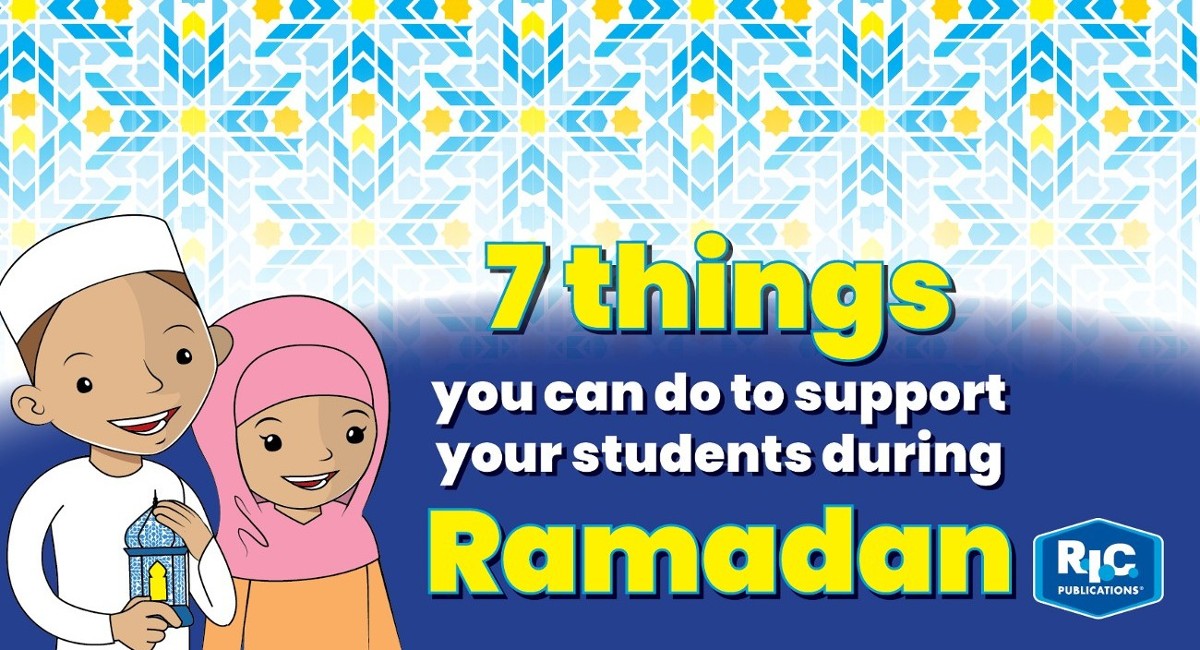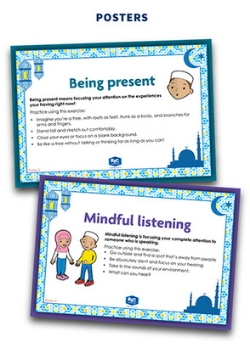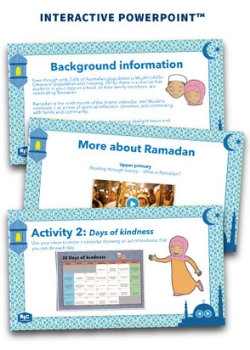- Tuesday 07 May 2019
- 0 Comments
It is becoming more common to find Muslim students in your classroom. This year, between 5 May to 4 June, Muslims around the world will celebrate their holy month, Ramadan.
To mark this occasion, Muslims will fast during daylight hours, foregoing food or drink throughout the period. The month-long observance then culminates with a festival called Eid Al-Fitr, which is a joyous time for Muslims to share a feast and exchange gifts with their family and community.
If you encounter students who are fasting, what is the best way to support them during Ramadan? Here are seven simple things that you can do:
1. Allow students to share their faith on their own terms
Not every student is comfortable with letting people know about their faith; some might even fear persecution if identified as Muslim. Providing a safe environment and allowing each student to express themselves and share individually is something that you can do to help students during this time.
2. Get a basic understanding about Ramadan
The first path to understanding is knowing. Getting the basics on why Muslims fast, how they fast, and who is expected to fast can be really beneficial in helping you understand what students are going through. For example, children are not obligated to fast, but many do ‘practise fast’, where they fast for a half-day. A quick read on the health benefits and risks of fasting can also give you a perspective on how best to support your students at this time.
3. Provide an alternative for lunchtime
As students who fast won’t be having lunch, providing an alternative space for them to take a break would be greatly beneficial. The library, where students can read, play games or relax can be an excellent choice. On the flip side, some students might want to go about their day without change, and sit with their friends who are having lunch. This is entirely normal and should be supported accordingly.
4. Help students regulate physical activity
During Ramadan, students who fast may be experiencing low blood sugar, weakness or just general sleepiness. Some might ask to receive a lighter load of PE or be excused altogether, while others might choose to participate as normal. Whichever path they choose, providing an option is a key support that you can give them.
5. Keep an eye out for students who need emotional support
Ramadan is a joyous time for Muslims, especially from a cultural perspective. It is seen as a great occasion to spend more time with family and the wider community. However, it can also be a rough emotional ride for those who have recently lost a family member, or those who are far from home. Make sure you keep an eye out to spot students who are looking a bit down and don’t act like they normally do. Offering support and letting them know that you’re there if you need them can go a long way in helping them out.
6. Reach out to parents as needed
At the start of the month, it might be a good idea to send a note parents to acknowledge that Ramadan is here, and you realise that some students might be fasting. Provide an opportunity for parents to let you know if their child is fasting and if they’d like you to accommodate anything in particular.
7. Teach the class about Ramadan
Teaching the class about Ramadan and Eid Al-Fitr is a great way to promote inclusiveness and bring the class together to learn how different cultures and religions celebrate their special days. Looking for something that can help you get on your way? R.I.C. Publications have developed a comprehensive Ramadan and Eid Al-Fitr digital resource pack that can be used by everyone in the class! Selling at only $6.95 with over 50 pages of information, activities and decorations, it’s the only resource pack you need for this occasion. Check it out in more detail here!
|
|
|
|
|

.jpg)


